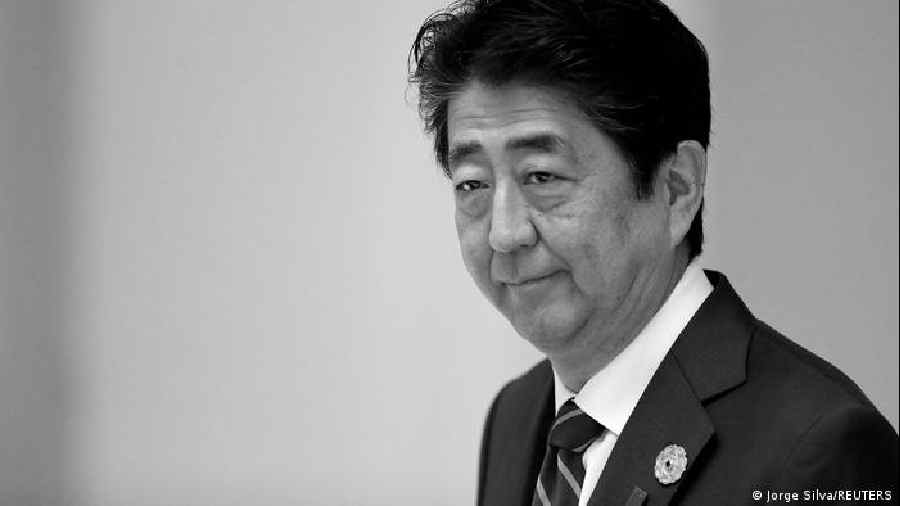A day after former Prime Minister Shinzo Abe was gunned down in broad daylight, a stunned nation is questioning how the gunman was able to approach one of Japan’s most prominent politicians and fire two shots from close range without security stepping in.
On television and social media, there are numerous videos of the gunman walking unobstructed past security before pointing a large, handmade gun in the direction of Abe. The first shot seemed to startle the former leader and, a few seconds later, a second shot was fired and Abe collapsed to the ground.
At that point, a group of men who appeared to be part of his security detail tackled the gunman to the ground. The graphic footage has raised questions about why the gunman was able to approach from behind the riser where Abe was speaking and how, after the first shot, he was able to fire a second before security officers stopped him. Toshio Tamogami, the chief of staff for Japan’s Air Force, seemed to ask the question that was on the country’s mind.
“How did the police, protective detail and other security not notice the criminal who approached with a gun from behind?” he wrote on Twitter. The National Police Agency said that there had been no problem with Abe’s security, according to Jiji News Agency, and that there had been an armed officer on the scene from Japan’s Security Police. That protective detail is a division of Tokyo’s Metropolitan Police Department and serves a role similar to the Secret Service in the US.
An agency spokesman was not immediately available for comment. The agency said the lone Security Police officer at the event saw the attacker but could not stop the shooting, according to Jiji. The local police department in Nara said it also had officers there guarding Abe, although they declined to provide specifics on how many officers were deployed.
Danny Russel, a vice president of the Asia Society Policy Institute and former assistant secretary of state who travelled with President Obama, said he was stunned by the lack of protection for Abe during Friday’s campaign stop.
“The notion that the security police could have been there and not only allowed someone to walk up that closely to Abe carrying a homemade weapon but there were two shots several seconds apart,” Russel said. “Why did nobody interpose their body or wrestle Abe to the ground?”
The seemingly relaxed security around Abe is a byproduct of the relative safety of Japan, where violent crimes and major disturbances at political rallies are rare. Paul Nadeau, a former private secretary and adviser for a Liberal Democratic Party lawmaker from 2015 to 2018, said that he had attended campaign stops where Abe was speaking and that security was not overwhelming, even though he was Prime Minister at the time.
He noted that there were around six to 12 police officers guarding him but that the level of security did not come close to that of an American President. Nadeau, who is now an adjunct professor at Temple University in Japan, said that he would attend party functions where Abe was in attendance with several hundred politicians, aides and other affiliated people without going through a background check, screening or a metal detector.
The proximity of candidates and constituents was intentional, he said, as part of a way to create a sense of intimacy and a feeling that the politician was approachable. Security was rarely considered. “It never crossed my mind that you would ever need more security,” he said.
New York Times News Service










